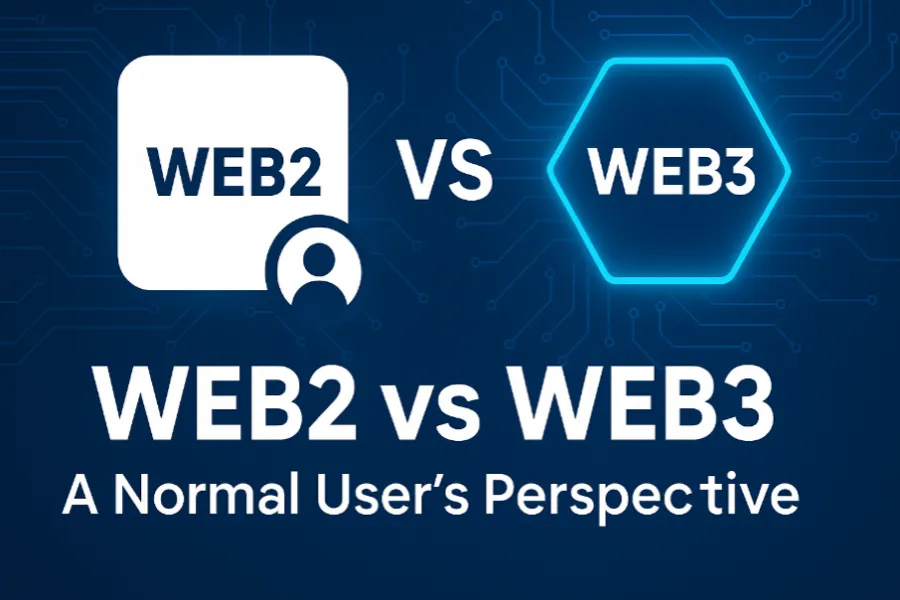
I have seen Web2 and Web3 through the eyes of a typical internet user because I am neither a developer nor a blockchain expert. And over time, I’ve started noticing how different the two really are—not just in technology, but in how we interact with the internet.
What Is Web2?
Web2 is the internet most of us grew up using. It’s where platforms like Facebook, YouTube, Instagram, and Google dominate our daily digital life. We use their services for free—but in return, we give up our data and control.
The problem?
We don’t really “own” anything. Our content, identity, and even our reach are in the hands of big corporations. I’ve had posts taken down without warning, accounts shadowbanned, and seen creators lose their followings overnight due to platform policies.
Now, Web 3.
Web3, a decentralized, blockchain-powered, and true ownership-based platform, followed. For the first time, I could: Own my content on platforms like Hive Control my identity with crypto wallets instead of email logins Earn tokens for engaging, not just scrolling It felt empowering. No ads spying on me, no central authority deciding if my post stays up, and most importantly—I could take part in the value I helped create. Real Differences I’ve Noticed Feature Web2 Web3 Identity Email/Password Wallet address (e.g. Hive key) Content Ownership Platform controls it You own it (on blockchain) Monetization Ads, views, sponsorships Tokens, upvotes, staking Control Centralized Decentralized But It’s Not Perfect
Web3 is still growing.
The UI isn’t always friendly, some dApps are clunky, and onboarding a new user isn’t as smooth as just “signing in with Google.” But the philosophy behind Web3 is strong—and with time, it will get more user-friendly.
Final Thoughts
As a regular user, I won’t say Web3 has replaced Web2 for me—but it’s given me something new: a sense of control and ownership. And once you get a taste of that, it’s hard to go back.